Why the Medical Outpatient Sector Is Poised for Growth in 2025
In the second article of our outlook series, experts weigh in on what's next for the health-care space.
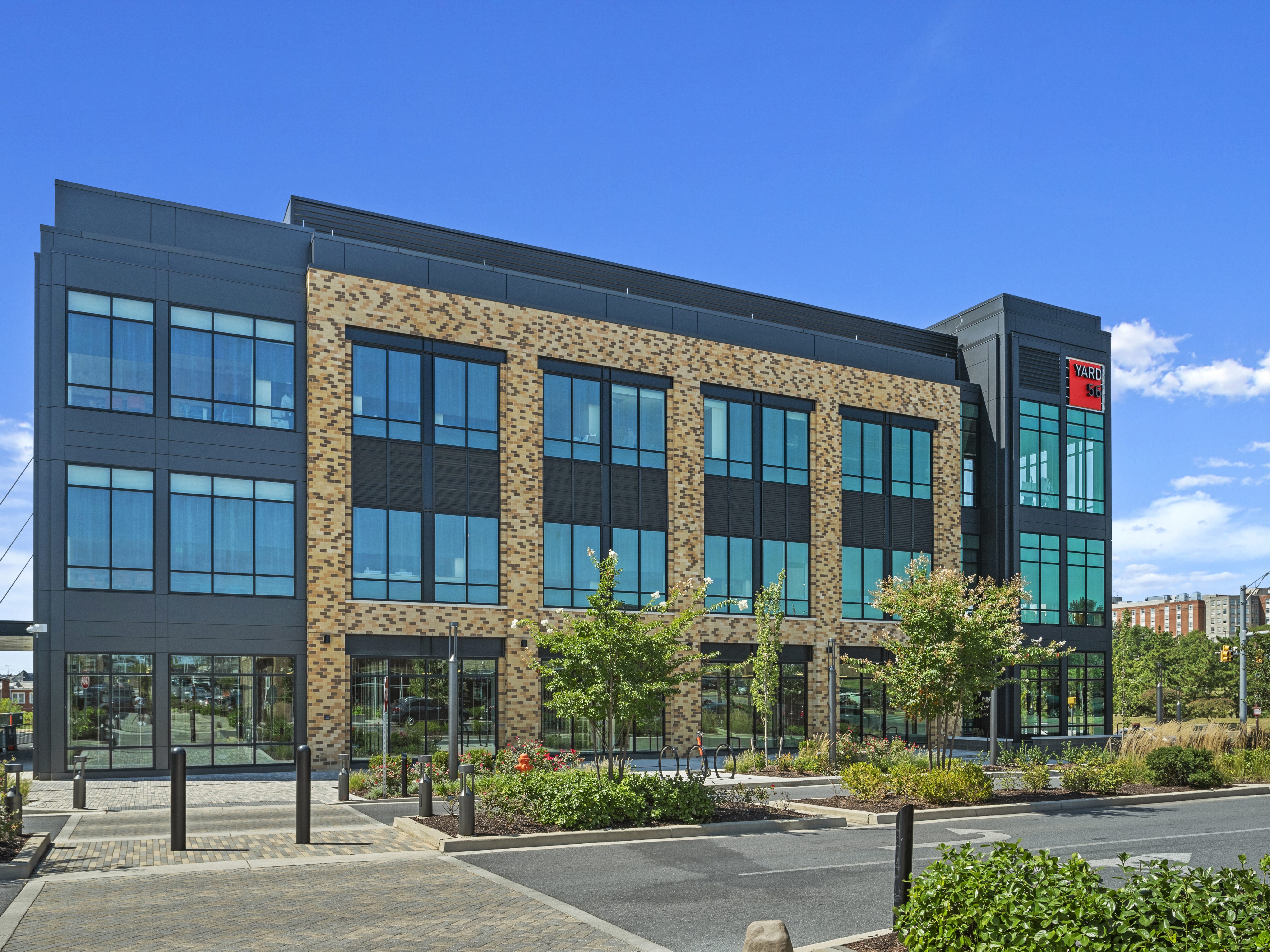
Although the commercial real estate sector has had its share of difficulties this past year due to the overall economic uncertainty, some asset classes continued to perform relatively strong.
Outpatient facilities, for example, are highly sought-after, with outpatient volumes even expected to increase by 26 percent over the next decade, a Savills white paper shows, citing data from Sg2, a Vizient company.
“Demand remained steady for all space types and specialties, except for administrative space,” said Colliers National Director of Healthcare Services Shawn Janus.
A lot of this demand continues to come from Baby Boomers, who are now at their retiring age and in need of health-care services. This is putting increased pressure on the medical labor market that has been experiencing a national shortage of specialists, particularly physicians and nursing staff, according to Steve Leathers, senior managing director of health-care capital markets with Transwestern. However, health-care is still one of the leading sectors for job growth in the country, with overall employment in this field projected to grow much faster than the average for all occupations from 2023 to 2033, according to the Bureau of Labor Statistics.
READ ALSO: MOB Tenants—What’s Hot and What’s Not
Meanwhile, an increasing trend in the sector is the transition of nomenclature from “medical office buildings” to “medical outpatient buildings,” maintaining the MOB acronym. “This shift reflects the sector’s resilience, superior performance and a total lack of commonality in the buildings,” said Cristi Swayze, marketing associate with Big Sky Medical.
Not immune to challenges
Despite its overall stability, the MOB sector hasn’t been unaffected by macroeconomic trends such as inflation and high capital costs. And today, medical property investors and health-care providers are closely monitoring how interest rates evolve, as well as how the new White House administration may intervene in care delivery.
Additionally, workforce shortages and rising labor costs continue to impact health-care providers’ profitability and the patient experience, according to Wilkingson Germain, CEO & managing partner at MCB Science + Health, particularly in more rural areas where the population has only increased over the past few years.
Another pain point for the sector has been the slow pace of new construction due to higher costs with both capital and materials.
“With construction costs for new outpatient medical over $500 per square foot, this translates to rental rates that start in the $30 per square foot range or higher for new properties,” said Leathers. “This has limited the amount of new development relative to peak years, resulting in less product supply for investors to build a presence in this sector. The amount of investment capital for outpatient medical exceeds the supply of properties.”
Furthermore, hospitals, health systems and physician groups are increasingly prioritizing efficiency in their real estate needs as they’ve realized they either lack sufficient space or are underutilizing their existing properties. “This has led to a variety of outcomes, from streamlining ‘back-office’ roles to investing in energy-efficient systems that reduce operational costs,” Germain noted.
In high demand
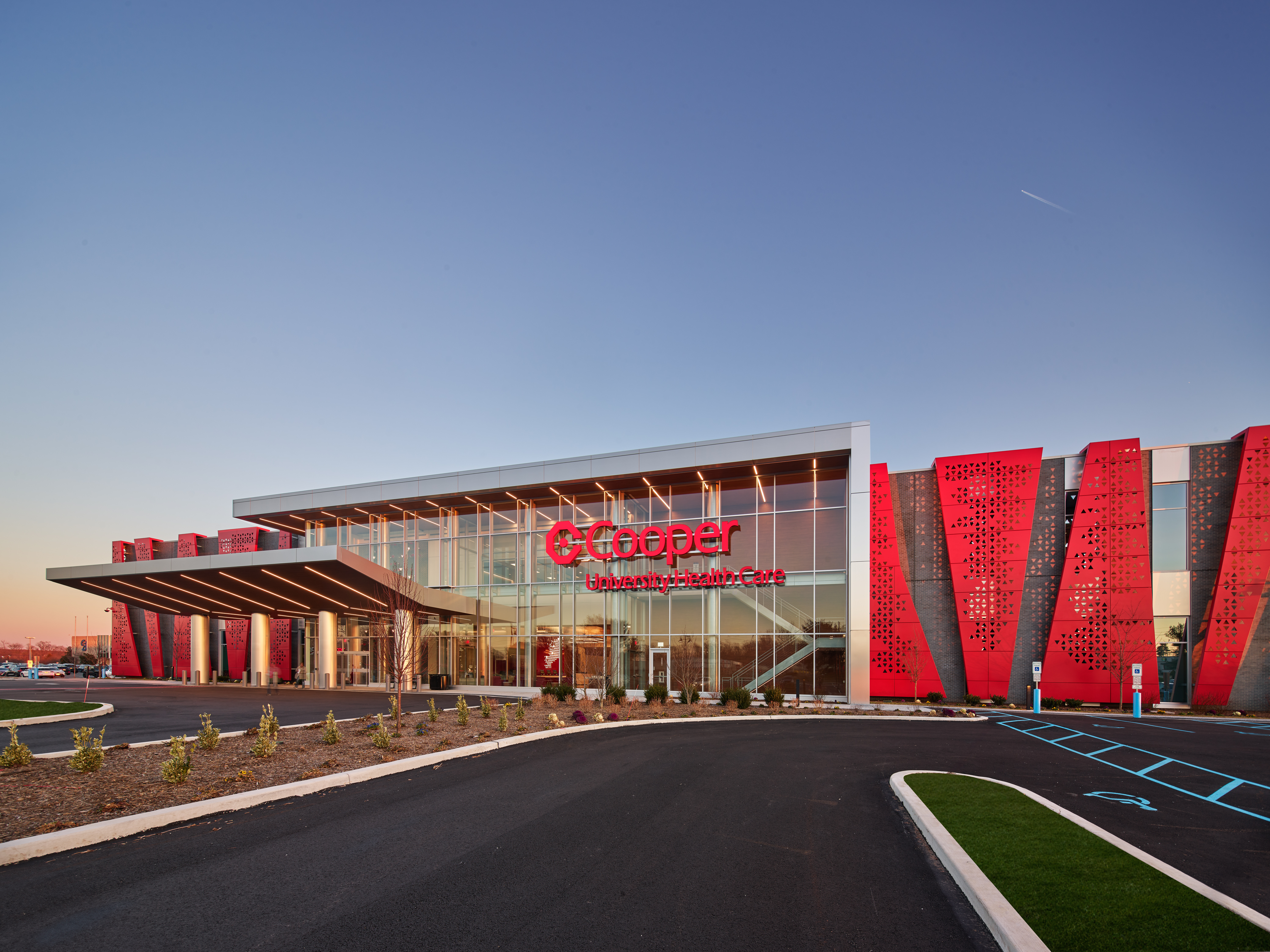
In the face of all these issues and continued economic volatility, the medical office building market and the health-care sector at large have remained resilient, with demand for medical properties supported by the growing elderly population.
“Health-care is a necessity rather than a luxury,” Janus said. “While consumers may delay procedures during periods of economic uncertainty, they typically proceed once their financial situation stabilizes.”
Additionally, patients nowadays tend to consume more care due to their higher expectations for wellness and active lifestyles as they age.
Much of the growing demand for care is increasingly occurring in outpatient locations such as physician offices, clinics and ambulatory surgery centers, noted Jay Johnson, national director of JLL’s health-care market. Tenant retention rates within these facilities have remained very high, providing more predictable cashflows for investors compared to more volatile real estate sectors such as office or retail.
“Occupancy and rents will continue to increase as the slowing construction pipeline means less new MOB space will be available,” Johnson expects. “There is also likely to be increased development of and tenancy in orthopedic and oncology facilities to meet increasing demand for these services.”
What has also become more evident is that telehealth services—which exploded during the pandemic— come with a lot of limitations.
“While technological advancements in health-care delivery were initially thought to decrease the demand for MOBs, the trend shows otherwise,” Swayze said. “Telehealth visits are not preferred by many elderly patients due to a lack of understanding of the technology or a preference for in-person consultations. This trend is creating a demand for flexible outpatient spaces where technology can be integrated, enhancing the physical visit.”
MOB investment trends
Similar to other commercial real estate sectors, the medical office sector has also experienced a lower transaction volume this year as a clear effect of the Fed’s successive interest rate increases. Nevertheless, investment interest hasn’t simmered down and the consensus among industry specialists seems to be that deals will pick up steam in the upcoming year.
For 2024, Leathers anticipates a total transaction volume of around $12 billion, which would be in line with historical averages, but well below the 2022 record-high investment volume of $25 billion. Going forward, banks are expected to remain active, with investors looking to deploy capital raised from institutional, foreign and private sources into the acquisition and development of outpatient medical facilities.
READ ALSO: These Markets Top MOB Investment Activity
“Capital market activity is anticipated to rebound as interest rates decline and the bid/ask spread further closes,” Janus said. “Single-asset and small portfolio transactions are likely to continue attracting increased investor interest, with the potential for larger portfolios to enter the market, as well.”
The recent interest rate cuts are already making some investors release funds and re-enter the health-care real estate market as MOB fundamentals stay strong with record high occupancy, longer lease terms, steady rent and NOI growth. “This is turning even more heads toward the medical real estate sector,” Swayze noticed.
Meanwhile, for MCB Science + Health, the focus is not only on the Fed’s decisions, but rather on how the bond market reacts to rate movements.
“We’re approaching our underwriting conservatively, pricing acquisitions as though the five-year Treasury yield will remain neutral…As rates stabilize, we expect sales activity to increase, but we’re maintaining a cautious approach in the near term,” Germain said.
What to expect in 2025
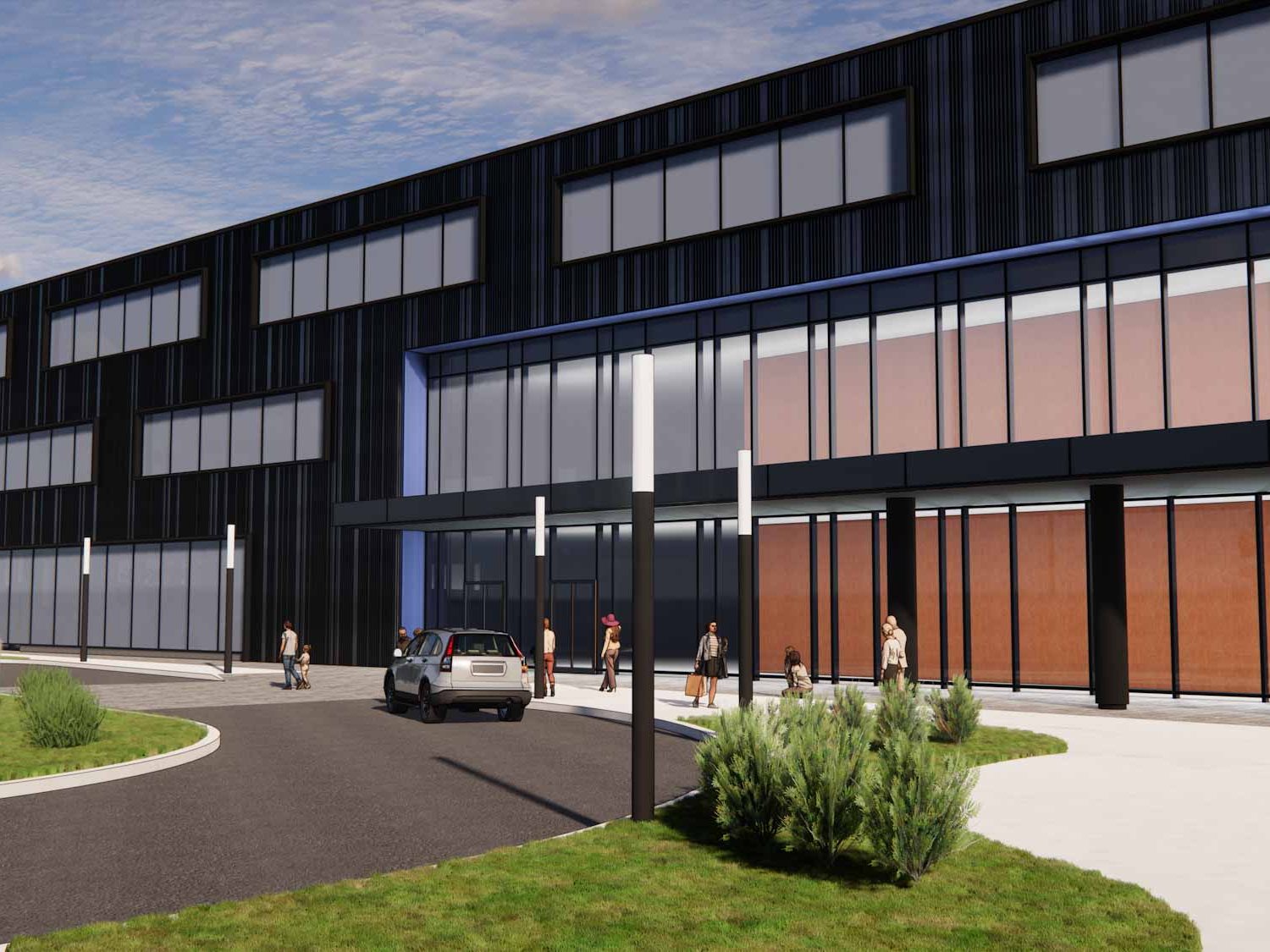
Economic challenges are expected to ease in the upcoming year, allowing the sector to further stabilize and grow, particularly in new geographical areas to better serve patients that live farther away from traditional city centers and hospital locations.
The sector’s prospects remain positive overall, but particularly for areas with good demographics such as the Southwest. Additionally, Johnson believes development will also increase in some states due to the loosening Certificate of Need regulations, especially related to surgery centers. Most probably, new projects will be concentrated in off-campus and in suburban locations, enhancing the patient experience and easing health-care access for communities, according to Germain.
READ ALSO: Houston a Bright Spot Amid Slowing Medical Office Sector
In terms of investment activity, as capital costs stabilize or even decrease, we could see more core properties and investor portfolios change hands. “REITs that have dominated the industry for years have been net sellers in the past two years; more stability may permit them to seek to expand portfolios strategically,” Leathers said.
What is also becoming increasingly evident across the commercial real estate sector is that health-care is growing out of its niche investment phase. Considering the challenges that the traditional office sector continues to face, institutional investors are increasingly recognizing health-care real estate as more than just another alternative asset.
“They see it as a resilient investment that offers both stable returns, meaningful portfolio diversification and reduced risk on a relative basis,” Swayze noted. “This perception continually strengthens as health care demonstrates its recession-resistant characteristics through various market cycles.”

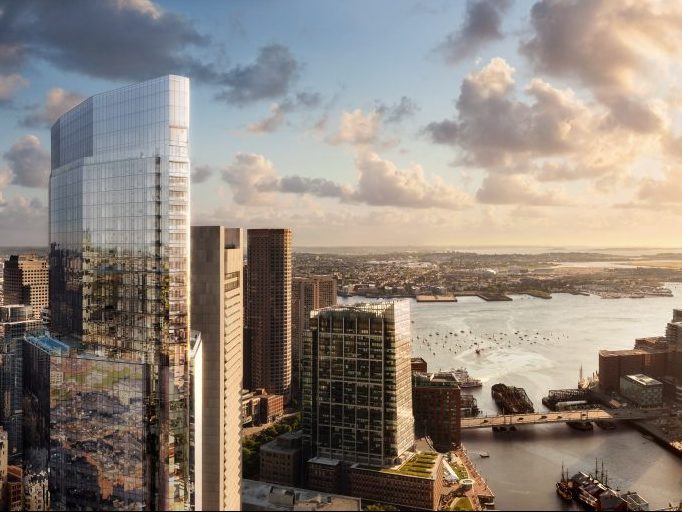
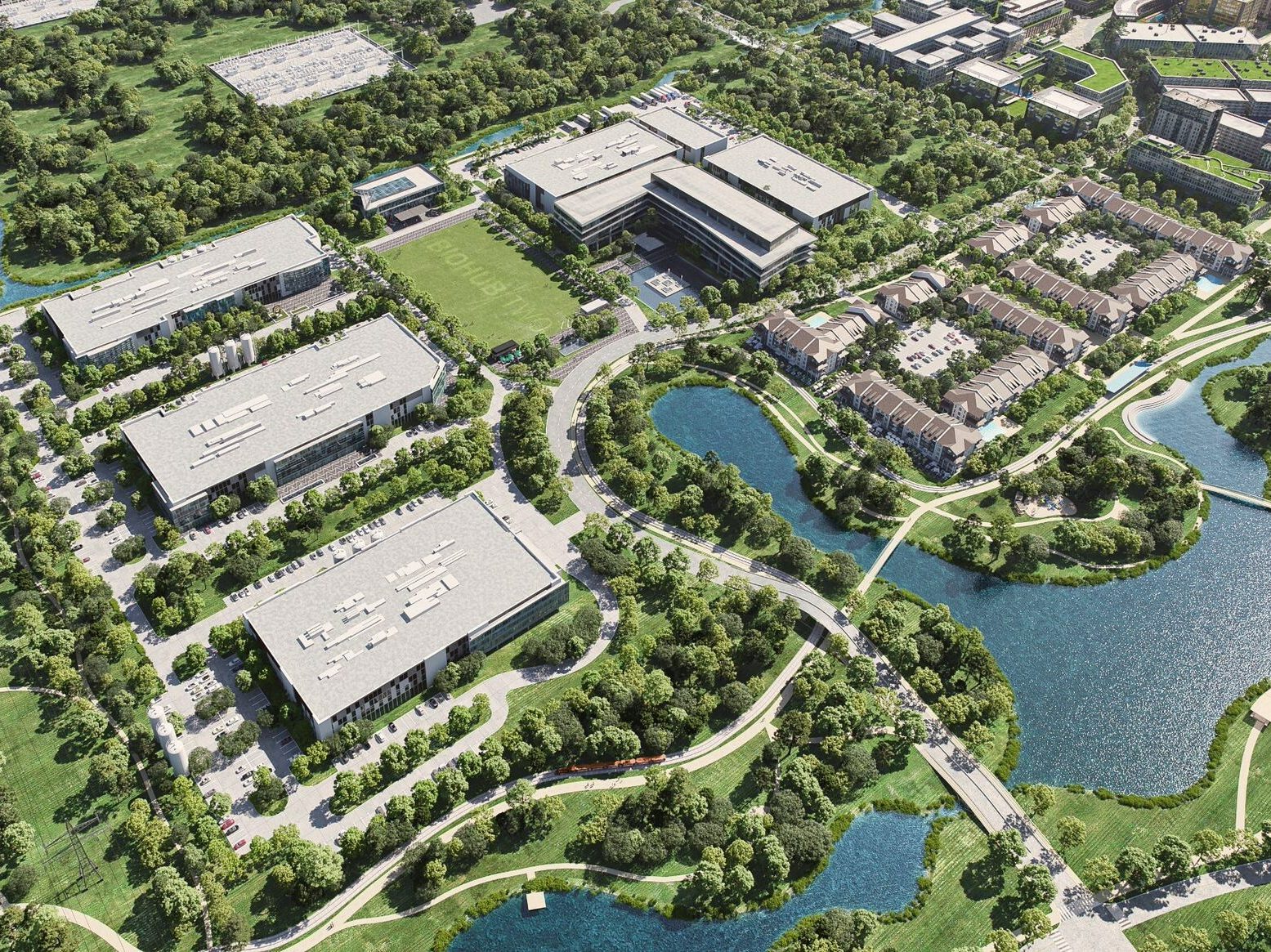
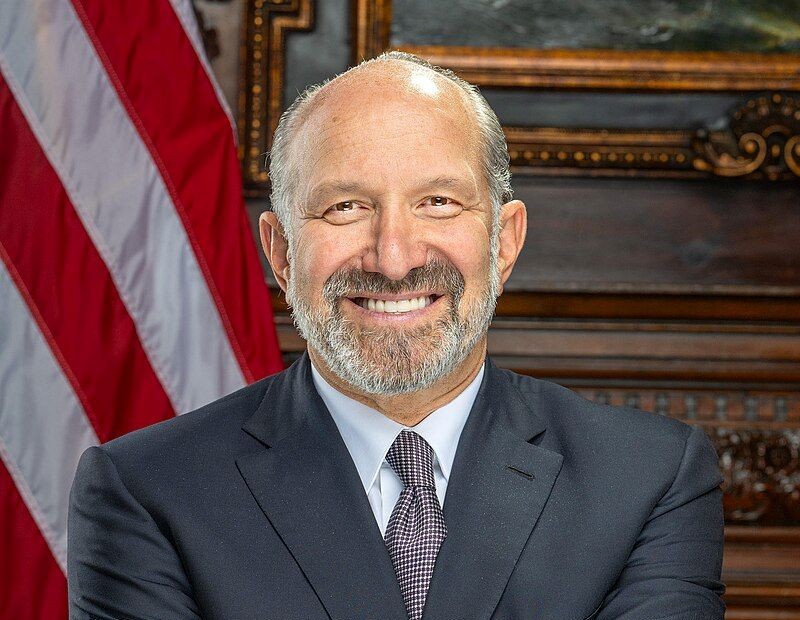
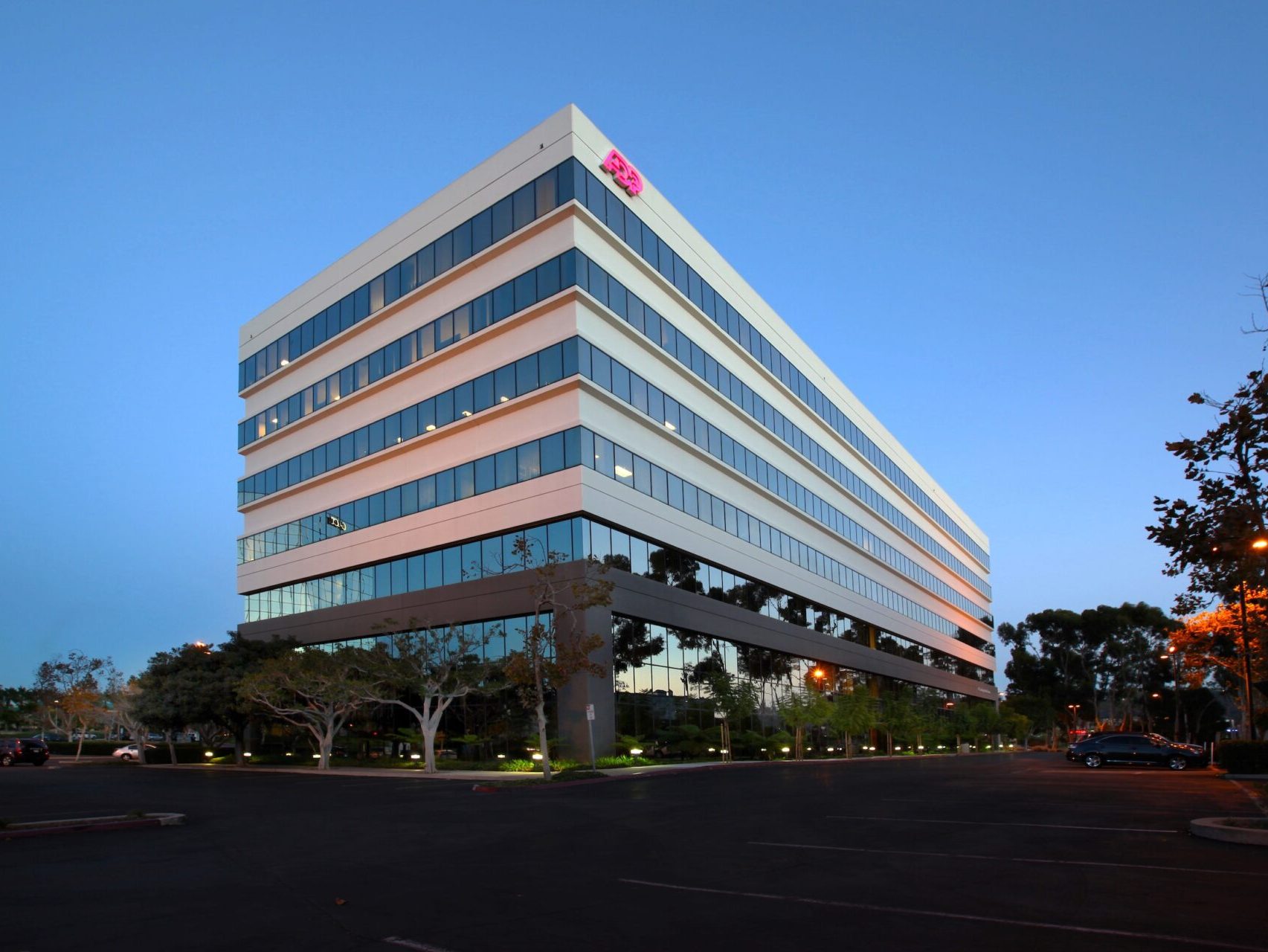
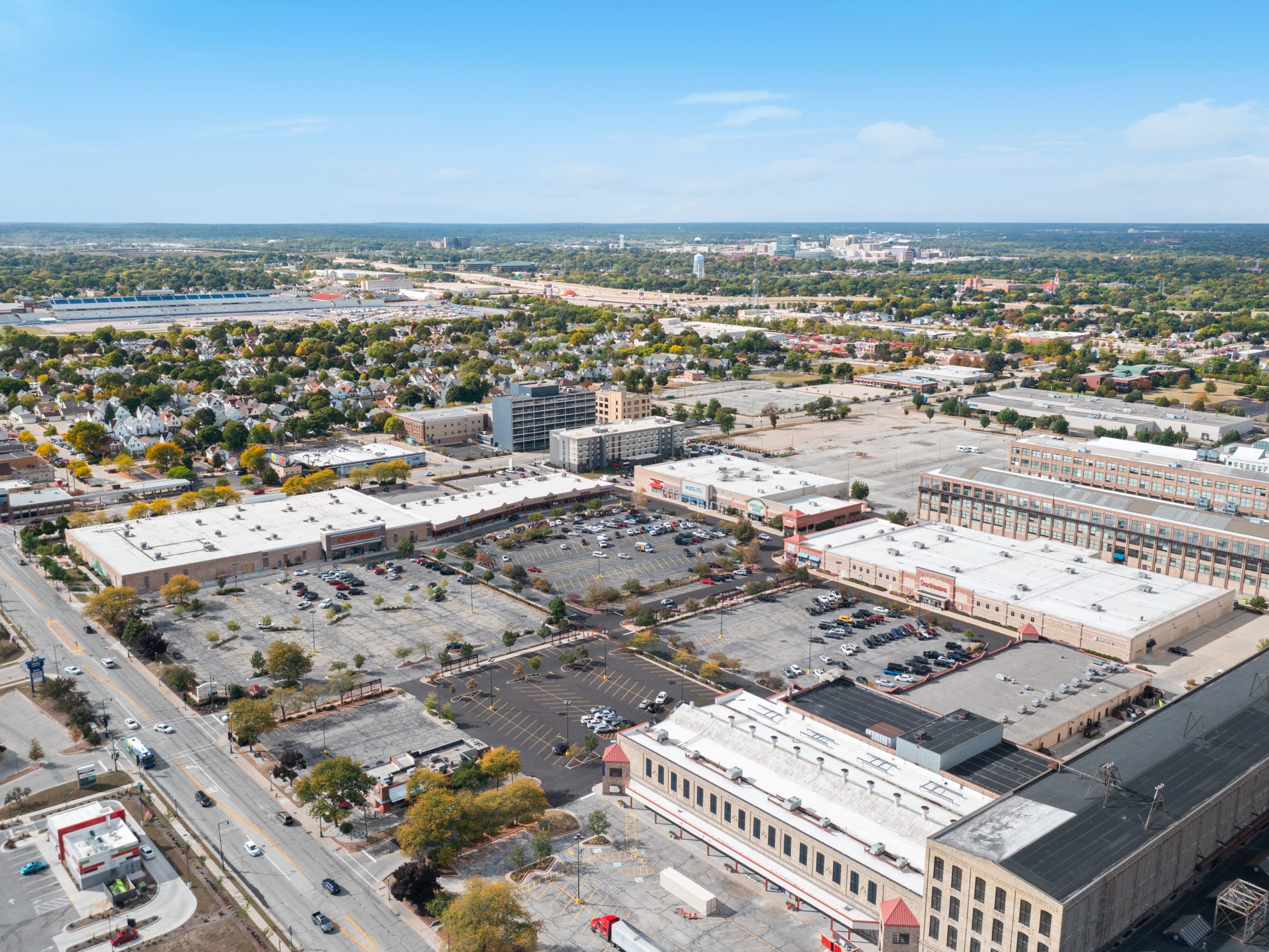

You must be logged in to post a comment.